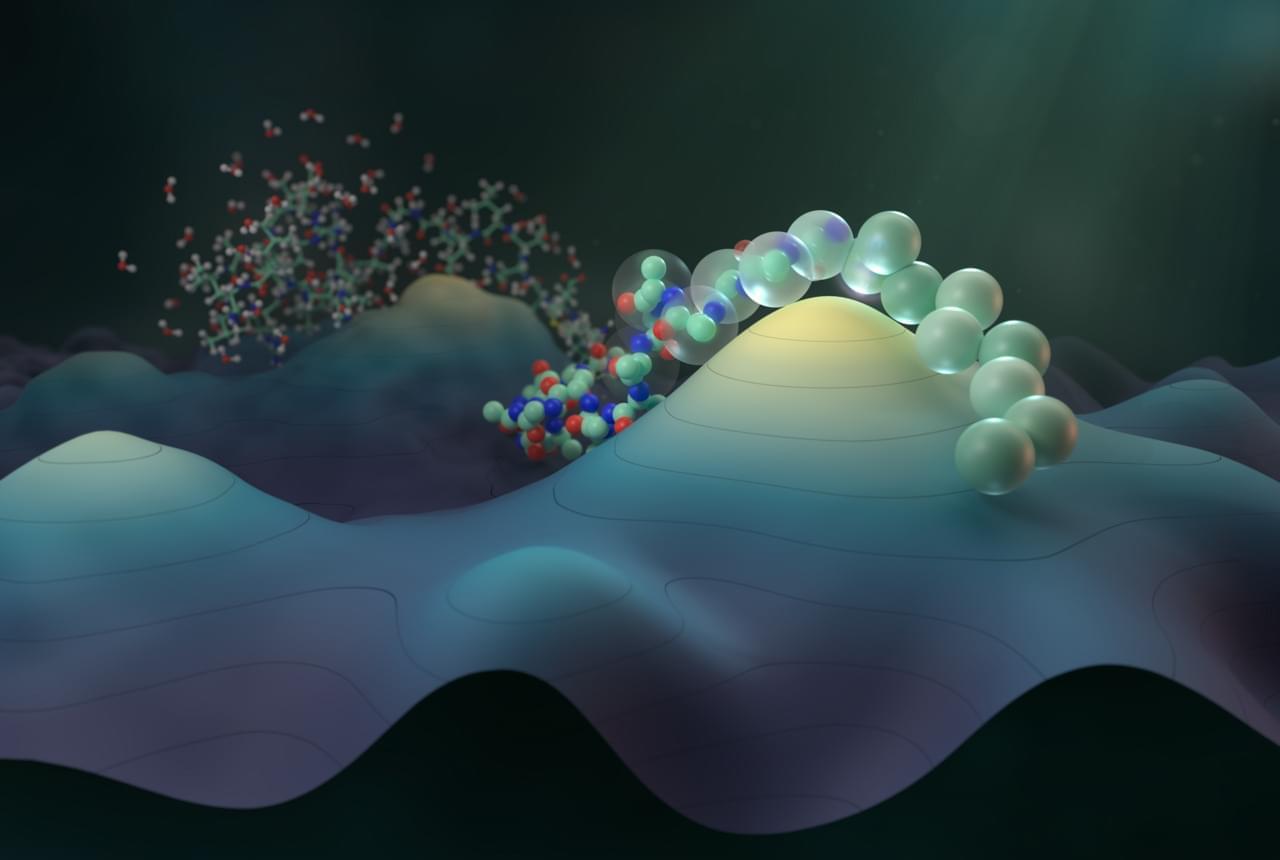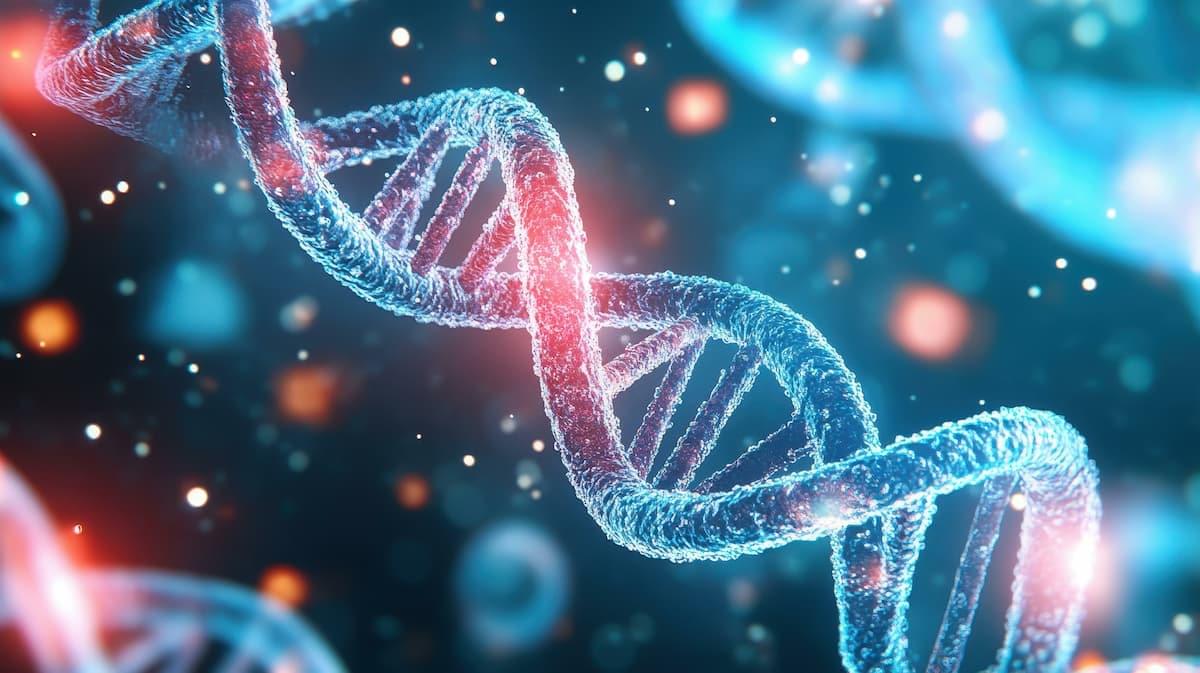Kepler-139 f is a Neptune-like exoplanet that orbits a G-type star. The mass of this planet is 36 times that of Earth, which takes 355 days to complete one orbit of its star. It was discovered by NASA scientists in 2025.
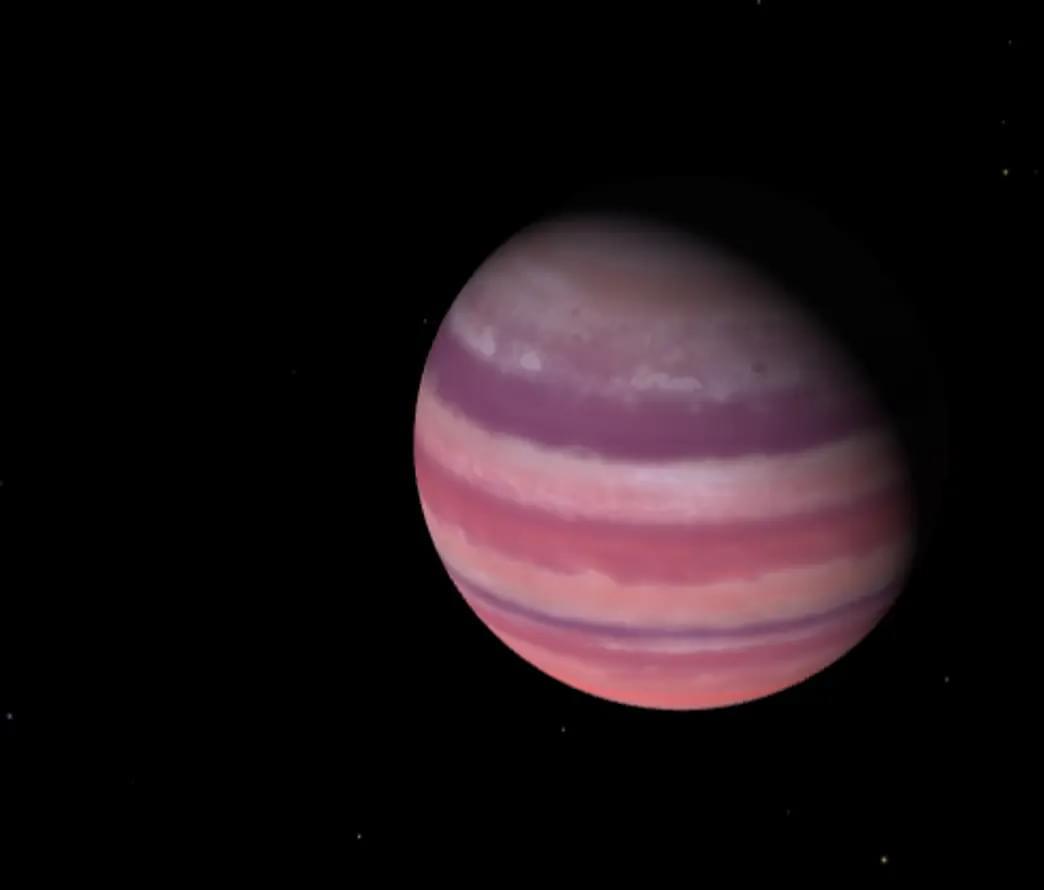

Join us on Patreon! https://www.patreon.com/MichaelLustgartenPhD
Discount Links/Affiliates:
Blood testing (where I get the majority of my labs): https://www.ultalabtests.com/partners/michaellustgarten.
At-Home Metabolomics: https://www.iollo.com?ref=michael-lustgarten.
Use Code: CONQUERAGING At Checkout.
Clearly Filtered Water Filter: https://get.aspr.app/SHoPY
Epigenetic, Telomere Testing: https://trudiagnostic.com/?irclickid=U-s3Ii2r7xyIU-LSYLyQdQ6…M0&irgwc=1
Use Code: CONQUERAGING
NAD+ Quantification: https://www.jinfiniti.com/intracellular-nad-test/

A team of researchers, led by Raúl Jiménez, an ICREA scientist at the University of Barcelona’s Institute of Cosmos Sciences (ICCUB), and working in partnership with the University of Padua (Italy), has introduced a groundbreaking new theory about how the Universe began.
Published in Physical Review Research, their study offers a major shift in how scientists understand the earliest moments following the Big Bang.
The Big Bang is the leading cosmological model explaining how the universe as we know it began approximately 13.8 billion years ago.
Detroit has become a hotbed for robot startups whose machines can mow lawns, remove snow, and pick up trash on city beaches.
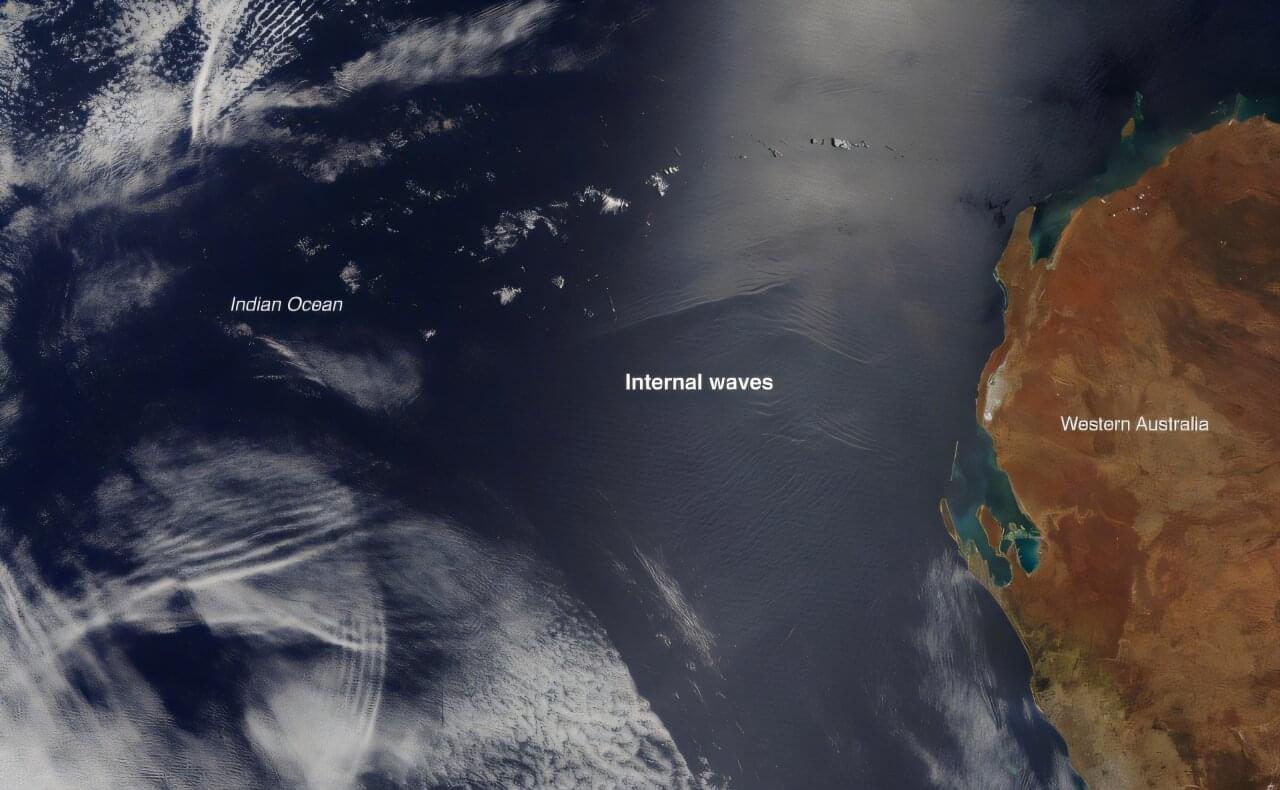
Deep below the surface of the ocean, unseen waves roil and churn the water. These internal waves, traveling between water layers of different temperatures and densities, draw cold, nutrient-rich water up from the depths and play a major role in oceanic circulation. Understanding and modeling their behavior is critical for developing more accurate simulations of an increasingly unpredictable climate.
In a Nature Communications paper, Rensselaer Polytechnic Institute (RPI) Math Professor Yuri V. Lvov, Ph.D. and a team of oceanographers develop a first-of-its-kind model of internal wave dynamics that lays the foundation for new, more reliable models of ocean circulation.
“Internal, wave-driven, vertical mixing is believed to be a main driver of oceanic circulation,” Lvov said. “It shapes Earth’s climate by influencing sea level rise, nutrient fluxes, marine ecosystems, and anthropogenic heat and carbon uptake.”

Researchers at Harvard have created a groundbreaking metasurface that can replace bulky and complex optical components used in quantum computing with a single, ultra-thin, nanostructured layer. This innovation could make quantum networks far more scalable, stable, and compact. By harnessing the power of graph theory, the team simplified the design of these quantum metasurfaces, enabling them to generate entangled photons and perform sophisticated quantum operations — all on a chip thinner than a human hair. It's a radical leap forward for room-temperature quantum technology and photonics.
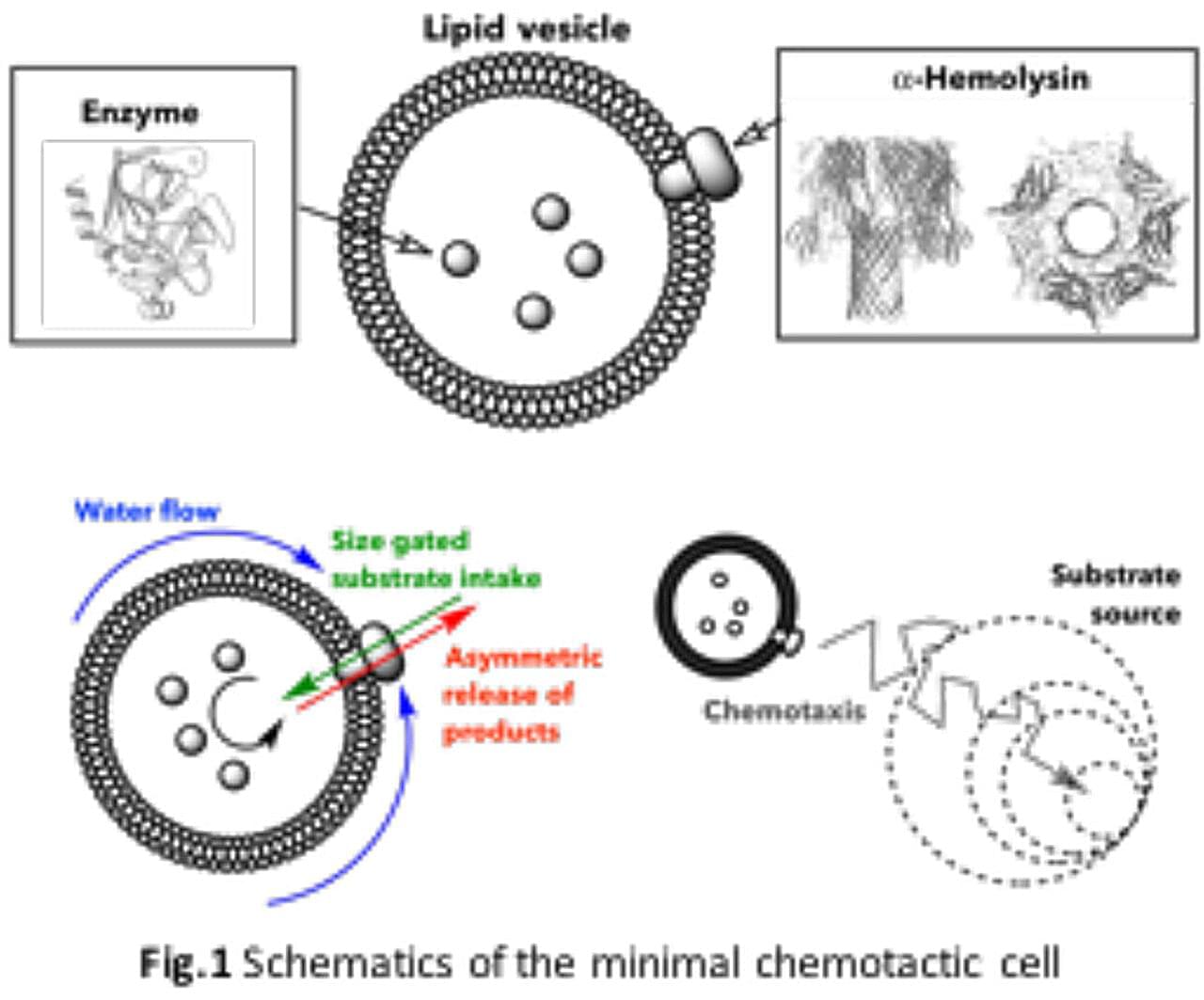
Researchers at the Institute for Bioengineering of Catalonia (IBEC) have created the world’s simplest artificial cell capable of chemical navigation, migrating toward specific substances like living cells do.
This breakthrough, published in Science Advances, demonstrates how microscopic bubbles can be programmed to follow chemical trails. The study describes the development of a “minimal cell” in the form of a lipid vesicle encapsulating enzymes that can propel itself through chemotaxis.
Cellular transport is a vital aspect of many biological processes and a key milestone in evolution. Among all types of movement, chemotaxis is an essential strategy used by many living systems to move towards beneficial signals, such as nutrients, or away from harmful ones.
